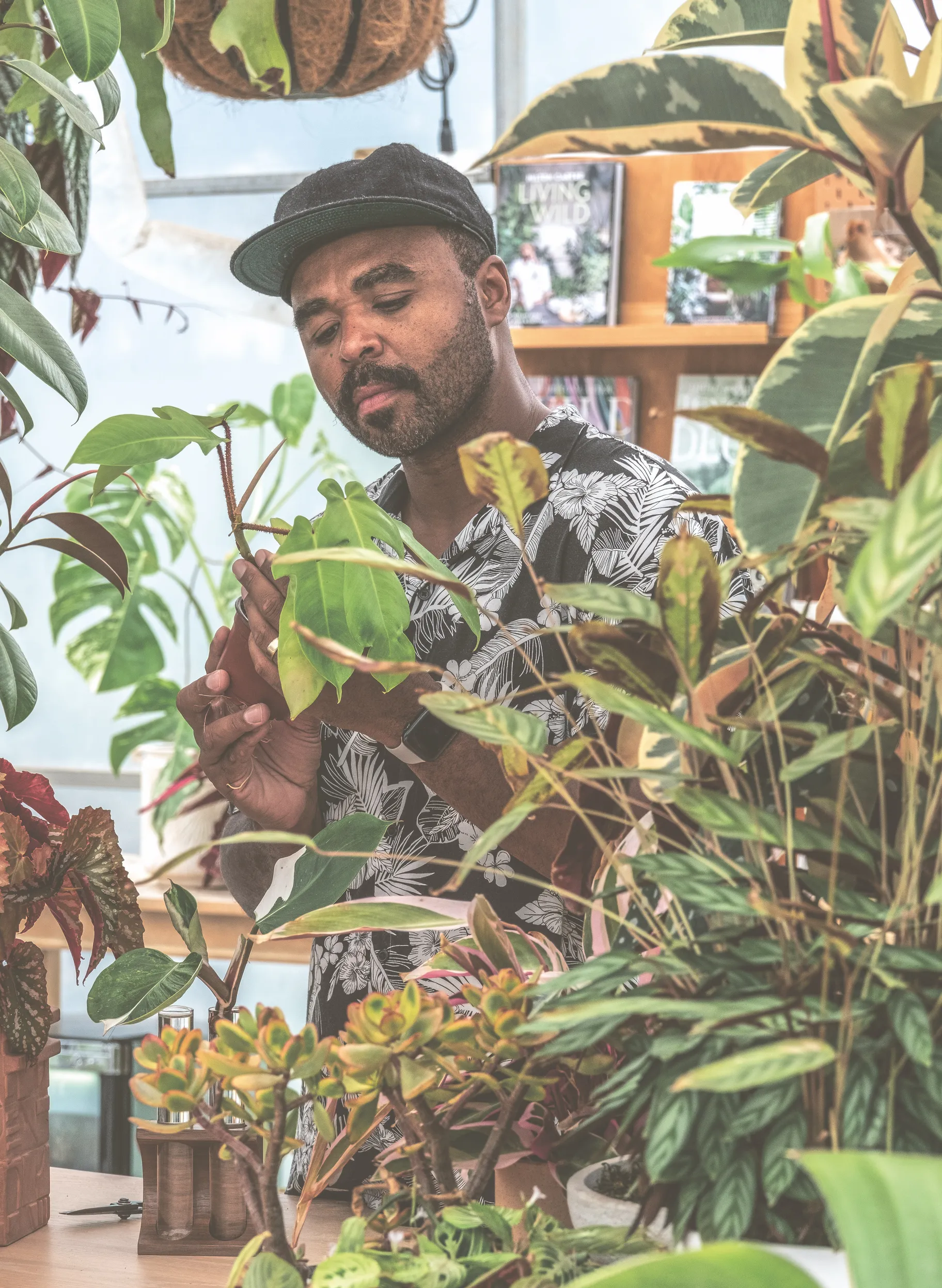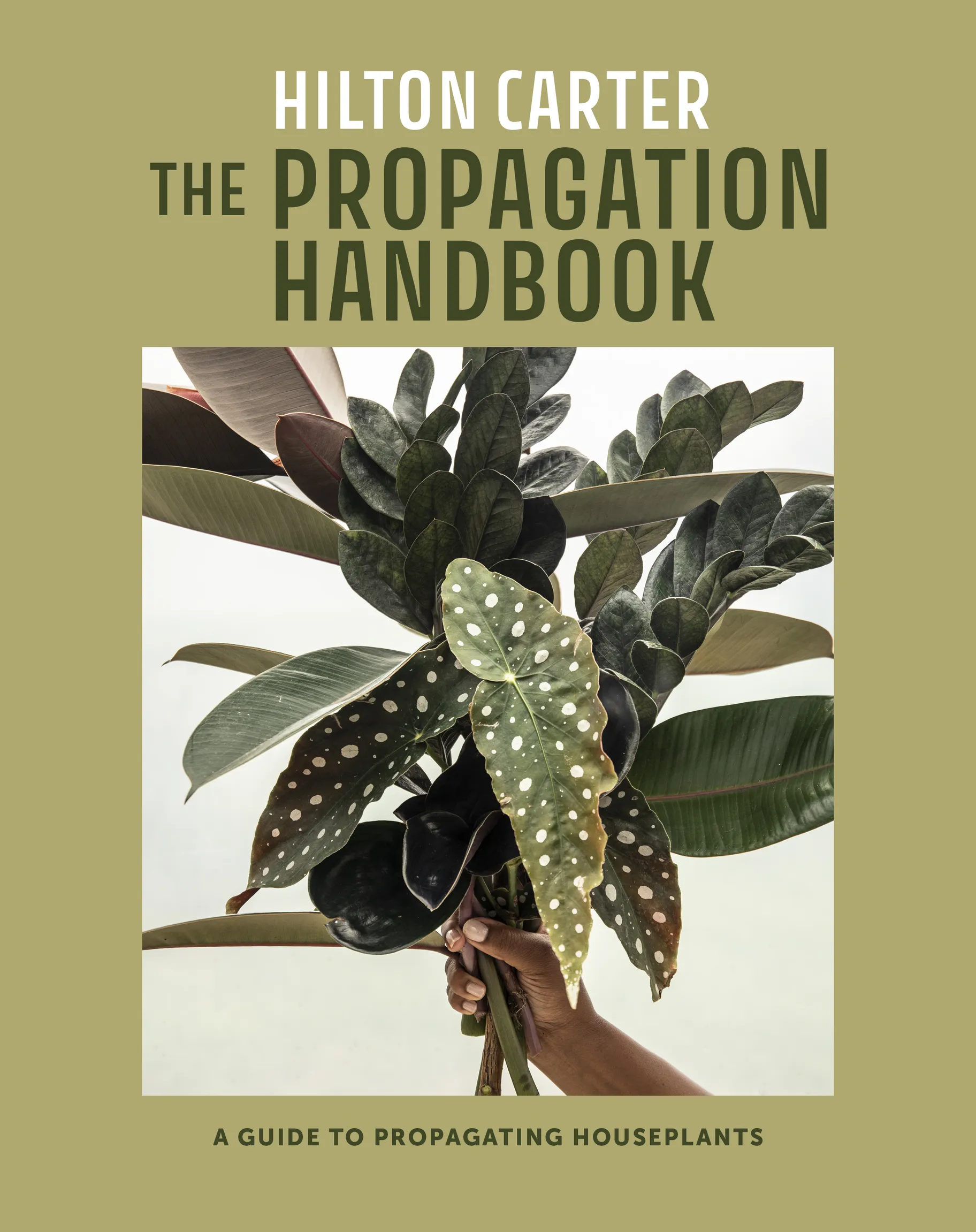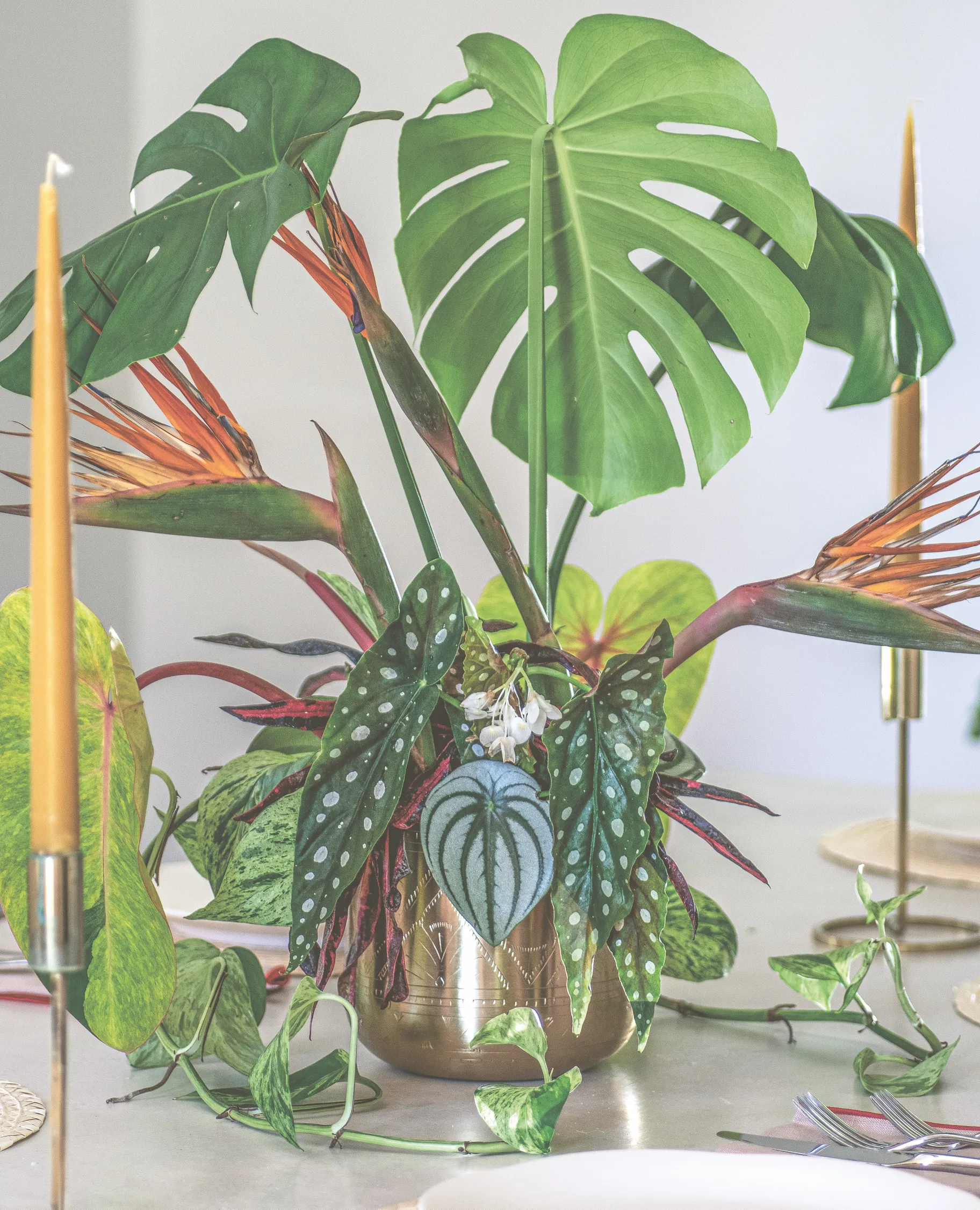About a year into the COVID pandemic, when many people became plant parents, Press Play spoke with Hilton Carter. The interior designer known as The Plant Doctor had more than 300 indoor plants at the time. His latest publication is The Propagation Handbook, which teaches readers to create more plants from the ones they already have.
These days, Carter is caring for 350 plants, and 20-30 of them are propagated, he tells KCRW.
“Propagation is the gift that keeps on giving. So I actually propagate a lot, so that I can gift them to friends and people that I care for, so they can also enjoy the process of caring for plants.”
He explains that a cutting is something you take from a plant. Then, you have to start the propagation process. “You can cut pieces off of any plant But until you do the things that are gonna then allow that cutting to then develop roots, then move into some sort of medium to then grow more, so then you can propagate it again, or cut it again — that's basically when you are … successful, let's say, at propagating a plant.”
When you remove a piece from a plant, the area where you made that cut will push out new growth, he adds. “That's why they always prune trees because you want to see them develop new growth. And it also changes the structure of the plant itself.”

Hilton Carter says 20-30 of his 350 plants are propagated. Credit: Hilton Carter © CICO Books 2024.
The steps to spurring new growth
The best time to propagate most plants is spring through summer, when the plants are actively growing. He warns that you can’t cut a plant willy-nilly — you need to understand the specific type of plant you own.
He uses the pothos plant as an example. “On these vine-like plants, most of them have nodes at the end of every single new leaf growth on the vine. And that node looks like a little bump. It might look like a smaller root. Or it could look like an elongated root. … If you make a cut below that point, and you submerge that node in water or moist moss, from there, that's where your new growth will develop.”
Others, such as ficus, which resemble trees, need to be propagated via tip cuts, which are 45-degree angle incisions. The angle provides more surface area for roots to develop from the cut. “Instead of looking for a node, you're going to take the cut anywhere on the branch where it is greenish to brownish. The green part of the branch is the newest growth. Once it starts to get brown, that's more mature.”
With ferns, as Carter explains, propagation needs to start at the roots or via spores. “Those spores develop on the bottom sides of most fern leaves. And then basically it's a waiting game. And you got to truly wait. You got to truly make sure your moisture levels are right. You got to make sure your environment’s right. And over time, you'll develop new ferns.”
Other species — like snake plants, begonias, and succulents — can be propagated from a single leaf. “You know how easy it is to bump a jade [plant]. Let's say a leaf falls off, maybe falls directly into the soil of that same pot. And over time as you're watering and caring for the mother plant there, that leaf will start to push out new growth.”
Once these single-leaf propagations start to mature, Carter says the plant needs to be repotted into new soil and will require more water because they are establishing new root systems.

“The Propagation Handbook” is meant to guide people in multiplying the plants they currently have, to share them with loved ones. Credit: Hilton Carter © CICO Books 2024.
When is it time to transition to fresh soil? When roots are four to six inches long, says Carter. “The thing is: The size of the root system, that root ball, determines the size of the pot you should be placing in it. It's never about the size of the growth of the foliage above the soil. It’s all about the size of the root system when it comes to the pot.”
Stay calm
Don’t be discouraged in the early stages of propagation, however. Carter says the process is stressful for plants, and they will stress a bit. But eventually, they will acclimate.
“If you do see a little bit of the older, more mature growth starting to turn yellow starting to die back — that's pretty natural. But you can cut away a few roots and still separate it and repot them.”

This bouquet contains Monstera deliciosa, polka dot begonia, watermelon peperomia, Philodendron ‘Painted Lady’ and bird of paradise (Strelitzia). Credit: Hilton Carter © CICO Books 2024.
In the end, Carter emphasizes that his main goal with propagation is to spread joy among his loved ones.
“I personally know the power that plants have and how transformative they can be. And it's mainly just the idea of when you care for something, and they provide you something in return. And that's what I get from plants — that love, that zen, that tranquility. … That gift that I get from plants, that is then given to everyone else. … It should be, ‘Oh, I propagated before, but I haven't propagated that, and I love this plant. The next time I bring that plant in, I'm going to propagate it, take a cutting, so that my friend, my mom, my dad … my teacher can also have a piece of it, so I can share in this joy with those individuals.”

Hilton Carter writes in “The Propagation Handbook: “Why not use your creativity and plant knowledge to take cuttings from your houseplants and arrange them in a beautiful bouquet to sit atop your dining table, kitchen table, entryway, or anywhere that needs a pop of color, life, or creativity?” Credit: Hilton Carter © CICO Books 2024.
Carter will give a talk and plant propagation demonstration on April 18 at Flora Grubb in Venice.
